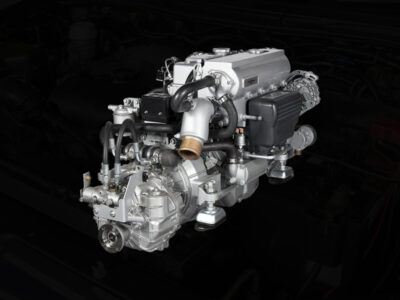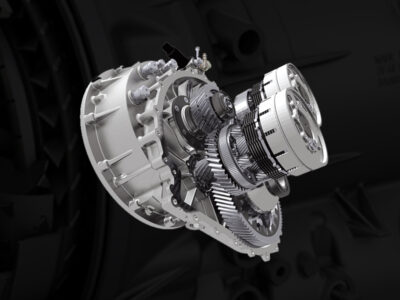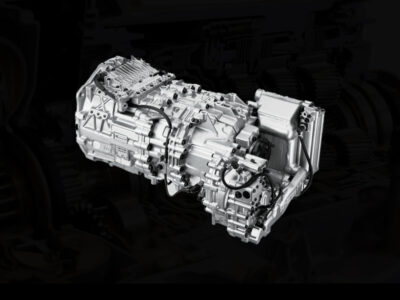
Proper disposal of used oil is crucial for protecting the environment and maintaining the efficiency of vehicles. Whether you’re a DIY mechanic swapping out used parts or a car owner looking to responsibly discard oil after a change, knowing where and how to recycle used engine oil is essential. This guide will walk you through the process, offering clear, actionable steps to ensure you’re doing your part for sustainability.
Why Recycling Used Engine Oil Matters
Used oil doesn’t just disappear—it can harm the environment if not handled correctly. A single gallon of improperly disposed oil can contaminate up to a million gallons of water, according to the Environmental Protection Agency (EPA). Recycling not only prevents pollution but also allows the oil to be reprocessed into new products like lubricants or fuel. Plus, it keeps your garage free of hazardous waste while supporting the reuse of valuable resources, including used parts from vehicles.
How Used Engine Oil Is Recycled
Before diving into where to recycle, it’s helpful to understand what happens to the oil. Recycling facilities clean and refine used oil to remove impurities. The processed oil can then be reused in engines or transformed into other products. This cycle reduces waste and supports industries that rely on used parts, keeping costs down for repairs and maintenance.
The Recycling Process of Used Engine Oil
- Collection: Oil is gathered from drop-off points or service centers
- Filtration: Contaminants like dirt and metal particles are removed
- Re-refining: The oil is treated to restore its quality for reuse
- Repurposing: Some oil is converted into fuel or industrial lubricants
This efficient system ensures that pre-owned engines and their components contribute to a greener planet.
Where To Recycle Used Engine Oil
Finding a recycling location is easier than you might think. Many places accept used oil, and most are conveniently located. Here’s a breakdown of your options:
1. Auto Parts Stores
Many auto parts retailers, like AutoZone, Advance Auto Parts, or O’Reilly Auto Parts, offer free recycling services for used oil. These stores often take up to five gallons at a time, making them ideal for individuals swapping out used parts at home. Call ahead to confirm their policies, as some locations may have specific hours or container requirements.
Benefits of Using Auto Parts Stores
- Free drop-off in most cases
- Staff can advise on handling pre-owned engines or other components
- Often located near residential areas
2. Local Garages and Service Centers
Independent mechanics and chain service centers, such as Jiffy Lube or Pep Boys, frequently accept used oil. Since they deal with oil changes daily, they’re equipped to handle recycling. Some may charge a small fee, but it’s worth it for the convenience and peace of mind.
Tips for Dropping Off at Garages
- Bring oil in a sealed, leak-proof container
- Ask if they recycle other used parts like filters or batteries
- Check if they offer bulk drop-off for larger quantities
3. Household Hazardous Waste Facilities
Municipal waste programs often host collection sites for hazardous materials, including engine oil. These facilities are designed to handle a variety of waste types, ensuring safe disposal. Visit your city or county website to find a nearby location and schedule.
What To Expect
- Some sites have drop-off limits (e.g., 5-10 gallons)
- Events may occur monthly or quarterly, so plan accordingly
- They may also take related items like used parts or antifreeze
4. Recycling Centers and Transfer Stations
Dedicated recycling centers or transfer stations are another option. These facilities process a wide range of materials, from pre-owned engines to household recyclables. Search online for “oil recycling near me” or check with your local waste management authority for details.
How To Prepare
- Store oil in sturdy, labeled containers
- Avoid mixing it with other fluids like coolant or brake fluid
- Confirm acceptance policies before arriving
Check this out: Aftermarket vs. OEM: Which Used Parts Should You Choose?
5. Curbside Pickup Programs
In some areas, curbside recycling includes used oil. Contact your local waste provider to see if they offer this service. If available, they’ll typically provide special containers and pickup schedules to make the process seamless.
How To Store Used Oil Before Recycling
Proper storage is key to safely transporting used oil. Use a clean, leak-proof container—ideally one designed for oil, like a plastic jug or drum. Avoid using milk jugs or food containers, as they’re not built to handle hazardous liquids. Label the container clearly to prevent mix-ups, especially if you’re also storing used parts or other fluids.
Storage Tips
- Keep containers in a cool, dry place away from heat sources
- Place them on a tray or in a bin to catch potential leaks
- Don’t store oil long-term—recycle it within a few months
Common Mistakes To Avoid
Recycling used oil is straightforward, but errors can complicate the process. Here are pitfalls to steer clear of:
- Pouring Oil Down the Drain: This pollutes waterways and is illegal in many places
- Mixing Fluids: Combining oil with gasoline or water makes it harder to recycle
- Using Damaged Containers: Leaks can create a mess and pose safety risks
- Ignoring Local Rules: Regulations vary by region, so check your area’s guidelines
By avoiding these mistakes, you ensure the oil—and even used parts like filters—gets recycled properly.
Benefits of Recycling Used Engine Oil
Beyond environmental protection, recycling offers practical advantages. It reduces the demand for new oil production, conserving natural resources. Re-refined oil performs just as well as virgin oil, making it a cost-effective choice for maintaining pre-owned engines. Plus, it supports a circular economy where used parts and materials stay in use longer.
Key Advantages
- Lowers pollution and landfill waste
- Saves money on raw materials
- Encourages sustainable automotive practices
How Much Used Engine Oil Can You Recycle?
Most drop-off points accept between 5-10 gallons per visit, though this varies. Auto parts stores typically cap at five gallons, while hazardous waste facilities might take more. If you’re dealing with larger volumes—say, from a fleet of vehicles—contact a specialized recycling service to arrange pickup or bulk drop-off.
Finding Recycling Locations Near You
Not sure where to start? Use these resources to locate a spot:
- Earth911: Enter your zip code to find nearby recycling options
- X Search: Look up posts or local business pages mentioning oil recycling
- Local Government Websites: Check for waste management programs or events
These tools make it easy to pinpoint a location that suits your needs, whether you’re recycling oil or used parts.
Wrapping Up
Recycling used oil is a simple way to protect the environment and keep your vehicle running smoothly. It is a small step with a big impact. Have a question about the process or know a great drop-off spot? Contact us for more information! From auto parts stores to hazardous waste facilities, there are plenty of options to dispose of oil responsibly.
Next time if you’re handling used parts or changing oil, take a moment to recycle—it’s worth the effort. For quality used auto parts to keep your car in top shape, A111 Auto Parts has you covered with reliable components at affordable prices. Visit us to find the perfect fit for your next repair! For more tips on maintaining your vehicle sustainably, explore our other articles.





